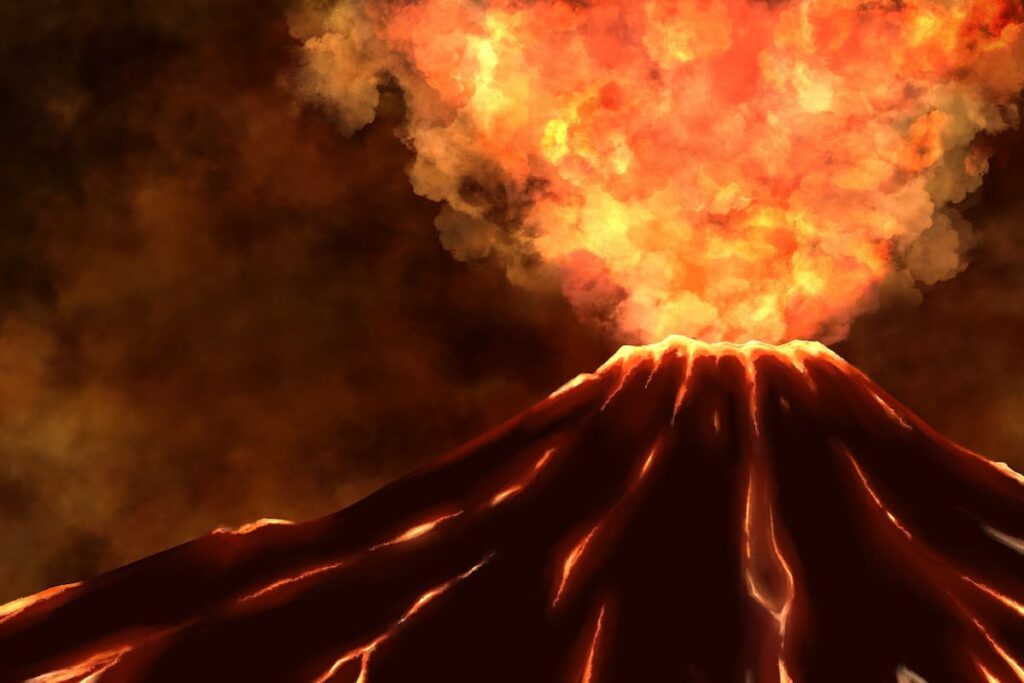Mysterious Movements Detected from Space
A recent satellite image taken by the Landsat 8 mission has captured an intriguing view of Alaska’s Iliamna Volcano, hinting at heightened natural activity. Nestled on the western edge of the Cook Inlet within Lake Clark National Park, Iliamna is a snow-covered stratovolcano located roughly 130 miles southwest of Anchorage. Though it hasn’t erupted in over a century, it’s gaining attention once again after satellite sensors picked up significant changes in the landscape, raising concerns among scientists.
The image, taken during early June, showed no visible lava or ash emissions, but it did reveal subtle shifts in terrain that aligned with subsequent reports of increased seismic activity. The region is remote and typically silent, but this data sparked a closer look from geologists monitoring the volcano’s behavior.
Seismic Spikes Trigger Avalanche Concerns
Just a few days after the satellite image was taken, the Alaska Volcano Observatory (AVO) detected an increase in seismic events on Iliamna’s flanks. Small but frequent earthquakes were recorded at a nearly continuous rate, later stabilizing to one quake per minute.
This activity, however, was not linked to volcanic unrest. Instead, experts believe that the tremors were likely triggered by massive avalanches—caused by the shifting weight of glacial ice and weakened rock structures on the volcano’s slopes. Such events have occurred before and often register on both seismic and infrasound monitoring systems due to their sheer force.
Iliamna is mostly covered by perennial snow and glaciers that cascade down its steep sides. When ice and unstable rock collide under pressure, the resulting slides are powerful enough to mimic minor volcanic signals. These rock and ice avalanches have become a recurring feature, making Iliamna a valuable site for studying these dramatic geological events.
No Signs of Eruption, But Not Without Risk
Despite the spike in seismic activity, there are still no signs that Iliamna is on the verge of an eruption. Steam plumes have occasionally been observed on its eastern side, but there is no history of confirmed eruptions in modern times.
Nevertheless, the volcano poses its own kind of threat. Large slides on its surface—often occurring during the warmer months—can have severe consequences. Past avalanches have left massive deposits down glaciers like the Umbrella Glacier on the southwest flank. These events stem from a combination of volcanic heat, altered rock structures, and the heavy presence of glacial ice.
Researchers point out that the frequency and scale of these slides make Iliamna unique among U.S. volcanoes. While it may be far from populated areas, the processes happening here could offer insight into similar risks in more urban mountainous regions worldwide.
Why Iliamna Still Matters
Although remote, Iliamna Volcano is more than just a snow-covered mountain. Its recurring avalanches and seismic movements provide a real-time laboratory for scientists studying the interaction between ice, rock, and heat.
Understanding these patterns is essential—not just for Alaska, but for any part of the world where glaciers sit atop unstable mountains. The data collected from Iliamna may help forecast landslides or avalanches in regions where people live closer to these natural hazards.
As of now, the situation remains stable. There’s no clear sign of volcanic eruption, but ongoing monitoring continues. Whether it’s a rumble from within or a roar of sliding ice, Iliamna reminds us that nature rarely rests—even when the landscape looks frozen in time.



